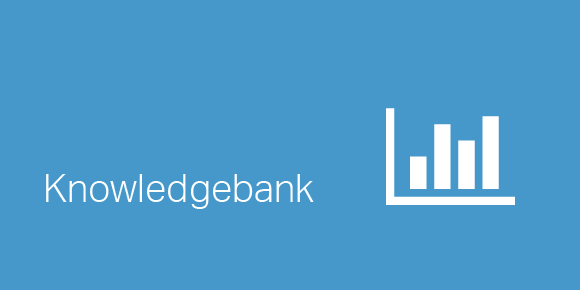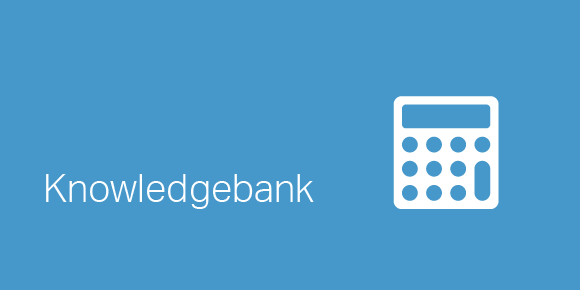Guide authored by financial modelling experts, AMT Training.
What is dividend recapitalisation?
Dividend recapitalisation is when a company borrows to pay a large or special dividend to private investors or shareholders. This type of dividend contrasts with an ordinary dividend due to it changing a company’s capital structure. An ordinary dividend is usually much smaller and supported by the ongoing earnings of a business, whereas dividend recapitalisation increases net debt while equity is reduced.
Dividends are payments that publicly listed companies make to their shareholders to reward their investment in the company. Dividend recapitalisation is a type of dividend where a company will borrow to fulfil a payment; when a company has used dividend recapitalisation, equity holders will receive cash and a reduced equity claim on the business.
Why is dividend recapitalisation used?
Dividend recapitalisation is a popular tool employed by private equity funds to capitalise on some of their profits while still maintaining ownership. A dividend recapitalisation is often used by a private equity firm to free up money to give back to its investors without necessitating an IPO. It is often chosen as an alternative to traditional exit strategies like an outright sale or an IPO.
Dividend recapitalisation is a type of leverage recapitalisation used to change a company’s capital structure, usually a substitution of equity for debt. Private organisations employ leverage recapitalisations as a means of refinancing, usually to provide cash to shareholders without having to sell a company.
In addition, debt does have some advantages over equity in terms of raising money, such as tax benefits and the enforcing of cash discipline. The reduction in equity can also help to avoid a hostile takeover.
Which companies should not use dividend recapitalisation?
Companies with a high operational risk that already have high leverage or a weak credit rating should not use dividend recapitalisation. The practice of dividend recapitalisation is not viewed favourably by creditors or common shareholders as it reduces the credit quality of a company while only benefitting a few individuals. This special dividend does not fund the portfolio company’s growth and weighs further on its balance sheet as leverage.
However, portfolio companies selected for dividend recapitalisation have historically been generally healthy and able to withstand the extra debt. That’s why companies with a higher risk or weak credit rating should avoid dividend recapitalisation, as the risk that significant debt could put on the company is too high. If a firm cannot make the debt payments due to dividend recapitalisation, it could be at serious risk of bankruptcy.
Between 2003 and 2007, 188 companies controlled by different private equity firms issued more than $75 billion in debt to pay dividends to buyout firms.
To summarise, a dividend recapitalisation is used by private equity firms to capitalise on their profits without losing ownership. It is also used as an alternative exit strategy. Private equity firms and activist investors borrow money to pay their investors and shareholders. Companies that have used dividend recapitalisation have traditionally been healthy and cash-flow rich; businesses with a weak credit rating or high operational risk should avoid using dividend recapitalisation.



